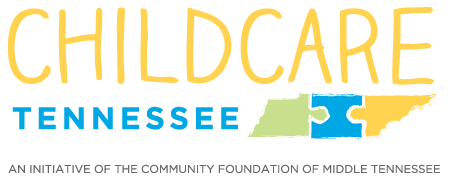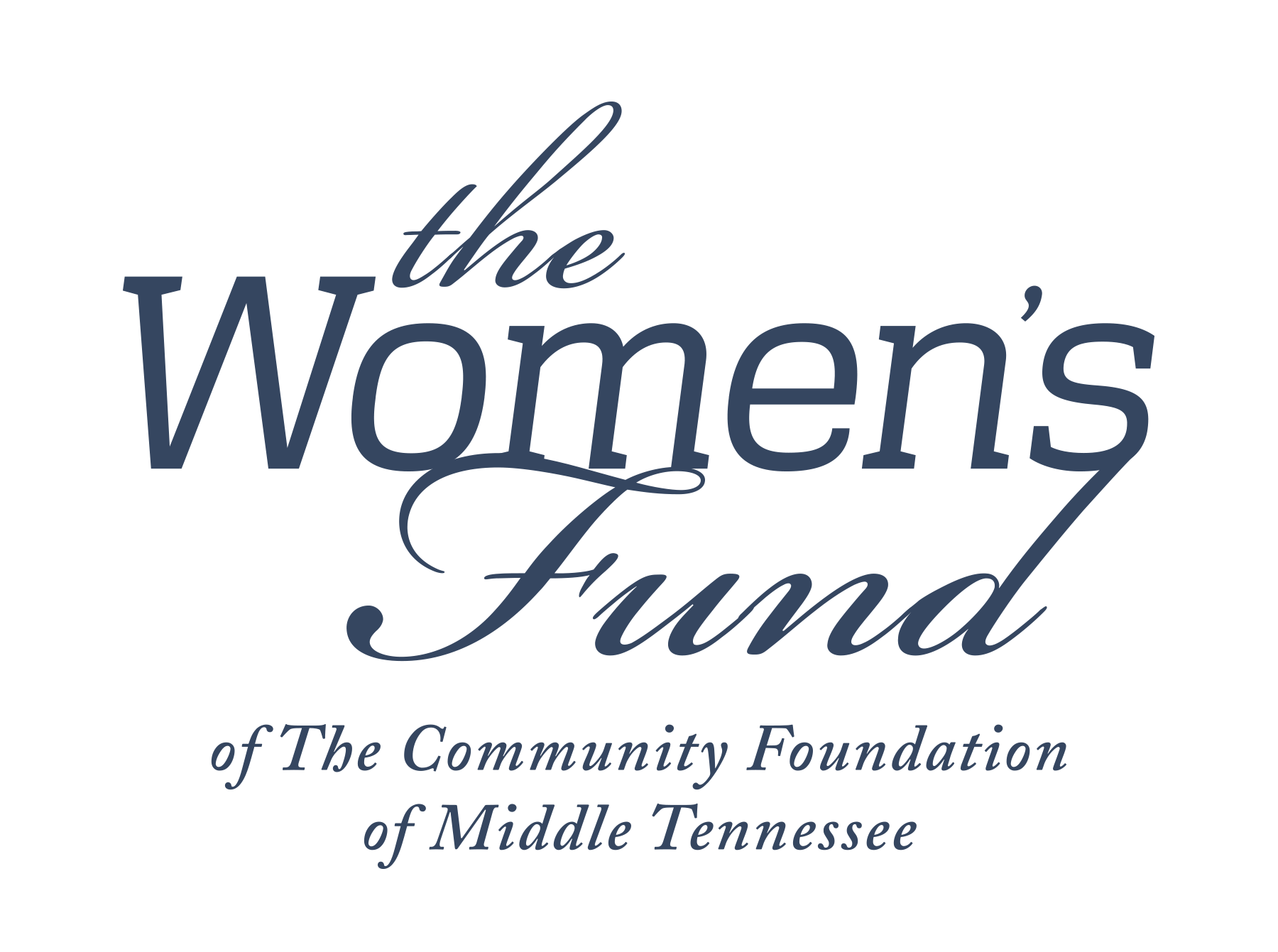
Aaittafama’ Archaeological Park is the site of what once was a 15th century Native American town located near the current intersection of Old Hickory Boulevard and Hillsboro Pike in Nashville, Tennessee. This site is one of the few remaining, archaeologically intact, Native American villages in Davidson County. It is now part of the Metro Nashville Parks system with the aim of protecting and interpreting this unique archaeological resource and Native sacred place.
Picture on right: A rendering of what Aaittafama’ could have looked like, by Nick Fielder, TN State Archaeologist (1983-2007)
In 1999, archaeological excavations done at the site during widening of Hillsboro Pike revealed post hole patterns of (12) houses; fire hearths; plastered walls; (2) palisade walls; remnants of food including corn, nuts & beans; and domestic artifacts such as animal effigy, pottery bowls and other vessels. The graves of (7) Native children were also found and left intact. Radiocarbon dates established that the site was occupied from around the year 1240 CE to 1440 CE, during what is known as the Mississippian culture period.
Middle Tennessee was home to a large Native population during the Mississippian period, but for reasons still not well understood, the area experienced a sharp population decline around 1450 CE. Population centers like that at Aaittafama’ Archaeological Park were eventually left unoccupied. Future research here has the potential to help discover the reason for this rapid and dramatic population change.
A ceramic duck head and frog effigy bowl found at Aaittafama’ Archaeological Park
In 2014, Metro Nashville Parks acquired a seven-acre portion of the site with the support of public donations. The name, Aaittafama’, means “meeting place” in the Chickasaw language and was given at their suggestion. Preservation of the site as a park will permit a long-term approach to archaeological research, as well as protecting a sacred Native cultural site.
The purposes of the Aaittafama’ Archaeological Park Fund are:
- Acquiring land adjoining the park that lies within the archaeological site boundary.
- Developing of digital assets for the interpretation of the park.
- Construction of physical improvements to the park.

















